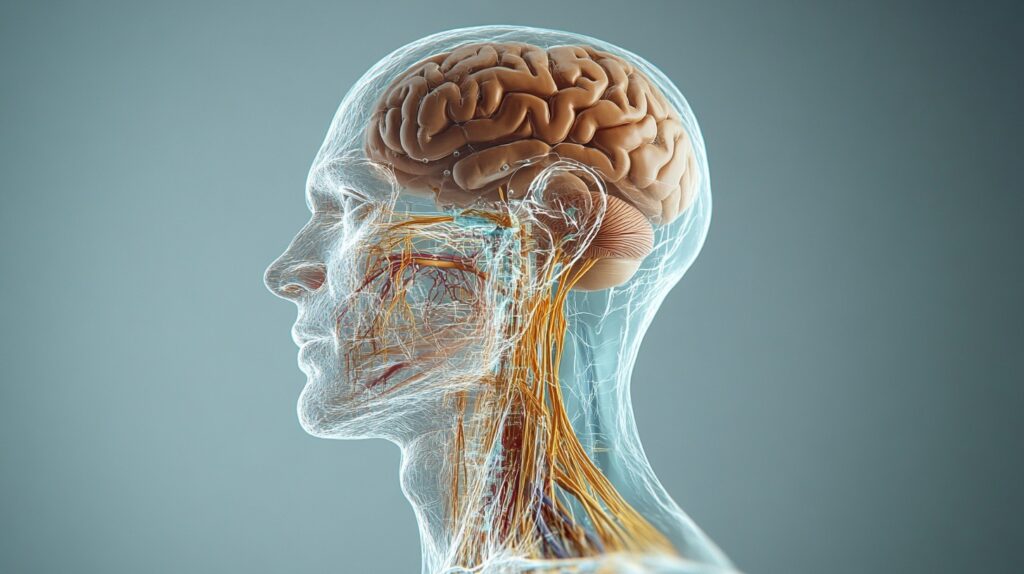
Mental Health Awareness Colors: What They Mean & why Matter
Mental Health Awareness Colors: What They Mean and Why They Matter Mental health awareness has become a global movement, and one of the most powerful ways to symbolize this cause is through colors. Colors have the unique ability to convey emotions, spark conversations, and unite people under a shared purpose. But what do these mental health awareness colors mean, and why are they so important? Let’s dive into the significance of these hues and how they’re helping to break the stigma surrounding mental health. The Power of Colors in Mental Health Awareness Colors are more than just visual elements—they’re a universal language. In the context of mental health, specific colors have been adopted to represent different conditions, struggles, and messages of hope. These colors serve as a reminder that no one is alone in their journey and that it’s okay to seek help. Here’s a breakdown of the most recognized mental health awareness colors and what they stand for: Green: The Universal Symbol of Mental Health Awareness Green is the maximum extensively identified color for intellectual fitness awareness. It represents renewal, hope, and growth—qualities that resonate deeply with anyone navigating mental health challenges. Why Green? The green ribbon was first introduced in 1999 by the Mental Health America (MHA) organization. It was chosen to symbolize the fresh start and recovery that mental health treatment can offer. How You Can Use It: Wear a green ribbon, share green-themed posts on social media, or participate in events like Mental Health Awareness Month (May) to show your support. Teal: A Color for Anxiety and PTSD Awareness Teal is the color associated with anxiety disorders and post-traumatic stress disorder (PTSD). It’s a calming shade that reflects the need for peace and understanding. Why Teal? Teal represents tranquility and emotional healing, making it a fitting choice for conditions that often involve overwhelming stress and fear. How You Can Use It: Use teal in your social media campaigns, especially during PTSD Awareness Month (June) or World Mental Health Day (October 10). Purple: A Symbol for Suicide Prevention and ADHD Awareness Purple is a versatile color that represents several mental health causes, including suicide prevention and attention-deficit/hyperactivity disorder (ADHD). Why Purple? Purple often associated with courage, wisdom, and spirituality. It’s a reminder that seeking help is a brave and wise decision. How You Can Use It: Share purple-themed content during Suicide Prevention Month (September) or ADHD Awareness Month (October). Yellow: A Beacon of Hope for Suicide Prevention Yellow another color linked to suicide prevention, symbolizing hope, positivity, and the light at the end of the tunnel. Why Yellow? Yellow is a bright, uplifting color that encourages optimism and reminds people that there’s always hope, even in the darkest times. How You Can Use It: Incorporate yellow into your awareness campaigns, especially during Suicide Prevention Week or when sharing messages of hope. Blue: A Color for Autism Awareness and Anti-Bullying While blue is most commonly associate with autism awareness, it’s also used in anti-bullying campaigns, which are closely tied to mental health. Why Blue? Blue represents calmness, understanding, and communication—key elements in supporting individuals with autism and those affected by bullying. How You Can Use It: Use blue in your content during Autism Awareness Month (April) or World Autism Awareness Day (April 2). Why Mental Health Awareness Colors Matter Mental health awareness colors do more than just look pretty—they serve as a powerful tool for: Starting Conversations: Wearing or displaying these colors can spark meaningful discussions about mental health, helping to break the silence and stigma. Showing Solidarity: These colors remind individuals struggling with mental health issues that they’re not alone and that support is available. Raising Awareness: By using these colors in campaigns, events, and social media, we can educate more people about mental health conditions and the importance of seeking help. How You Can Get Involve Wear the Colors: Whether it’s a ribbon, bracelet, or clothing, wearing mental health awareness colors is a simple yet impactful way to show your support. Share on social media: Use these colors in your posts, stories, and profile pictures to spread awareness and encourage others to join the movement. Educate Yourself and Others: Learn more about mental health conditions and share reliable resources with your community. Participate in Events: Join local or virtual events during mental health awareness months to show your support and connect with others. Final Thoughts Mental health awareness colors are more than just symbols—they’re a call to action. They remind us to be kind, to listen, and to support one another. By understanding the meaning behind these colors and incorporating them into our lives, we can help create a world where mental health is openly discussed, understood, and prioritized. At Medicalbluff.com, we believe in the power of awareness and education. Let’s continue to shine a light on mental health, one color at a time.









